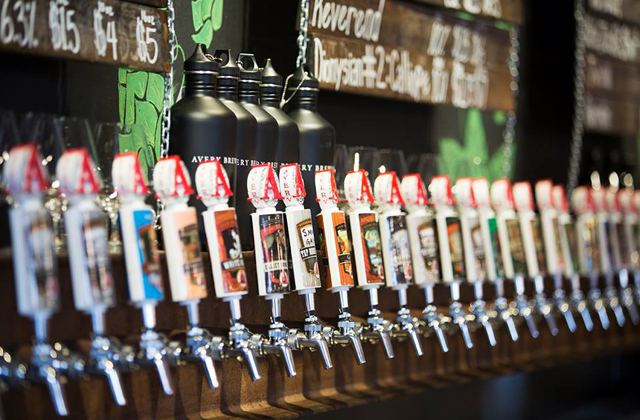
How much should you trust the numbers and how much should you chase what’s happening in front of you? While the approaches vary widely depending on production scale, philosophy and business model, these cideries agree that a blend of historical data and market trends is becoming essential to long-term planning. The challenge is deciding which signal matters most at the right moment.
Understand your production realities, tracking the data that actually reflects your business, and staying aware of the broader market while knowing which of those sources deserves your attention at the moment a decision needs to be made are most critical.
Andrew Perez, co-founder of Highpoint Cider, said relying on a single method is unrealistic. “There isn’t going to be a one-size-fits-all approach to how folks model out planning,” he said. “New market planning is always challenging as well, especially if you haven’t opened a similar market before.”
His Idaho cidery team starts with historical sales and volume data, then layers in recent patterns.
“If we were showing growth over the last 90 days, I will take that historical data and adjust up or down based on that trailing 90-day trendline,” he said.
Any major initiatives, such as promotions, new SKUs or new market launches, are manually adjusted into their forecasts because those moves often skew the baseline.
Producers operating in faster-moving segments see even more pressure to stay alert to shifting tastes. Jeff Parrish, co-founder of Portland Cider Co., said the craft beverage market is rarely static.
“Craft beverages are always trending in one direction or another,” he said. “You have to look forward and try to catch a change in the wind when it happens.”
Innovation is constant because customer expectations demand it. Still, data decides whether those bets pay off.
“Sometimes your innovation hits a trend, and sometimes it falls flat,” he said. “The sales data will tell you which, and we are always prepared to pivot.”
For cideries straddling both the agricultural realities of cider making and the consumer-driven dynamics of beverage trends, the balance is more nuanced. Toney Chay, general manager at 7bev Corp., said they use each source of information differently.
“We blend both — historical data grounds us in what’s consistently working, while market trends help us innovate and explore new offerings,” he said.
Styles like fruited, sessionable or low-ABV ciders may emerge from market observations, but decisions still need to align with their farming capacity and the expectations of their core audience. On the opposite end of the spectrum are heritage and orchard-based cideries, where production timelines are measured in years, not weeks. For them, market trends move too quickly to drive decision-making in any meaningful way.
Nate Watters, co-owner of Minnesota’s Keepsake Cidery, said that the nature of traditional cider making simply doesn’t align with trend chasing.
“For a traditional, natural cider maker… numbers and trends are less effective than to a mass-made, quick ferment cidery using bulk juice ordered on demand,” he said.
Even when data is useful, it often lags too far behind.
“By the time our ciders get to the market, whatever trend or industry insight we were told to follow will have already changed,” he said.
Watters said orchard-based producers face long production arcs with tree maturation, seasonal weather, and multi-year aging, that restrict rapid pivots.
READ MORE: Diverse Orchards, Distinct Ciders: What Producers Are Learning
“When you are aging for years and not weeks, when you are waiting 3–10 years for trees to come to maturation and weathering each year’s challenges, it’s difficult to keep up with today’s hottest ‘flavors’ or coolest new packaging,” he said.
In his view, trend adoption is best left to producers working with faster, more flexible inputs. Instead, he encourages farmers and traditional cider makers to focus on authenticity rather than chasing the market.
“I think it’s better for the farmer cider maker to make the cider that calls to them and the ciders that reflect their region,” he said. “Maybe … MAYBE … one day they will be shocked to open the report and see they are the trend.”
The consensus isn’t about choosing between data or trends, but about recognizing your own limits. High-volume, innovation-driven cideries depend on agile forecasting and short-term signals. Farm-based producers lean on long-term vision and consistency. For those many in between, the best strategy lies in letting history steady the ship while allowing market shifts to inspire selective, thoughtful experimentation.







Be the first to comment